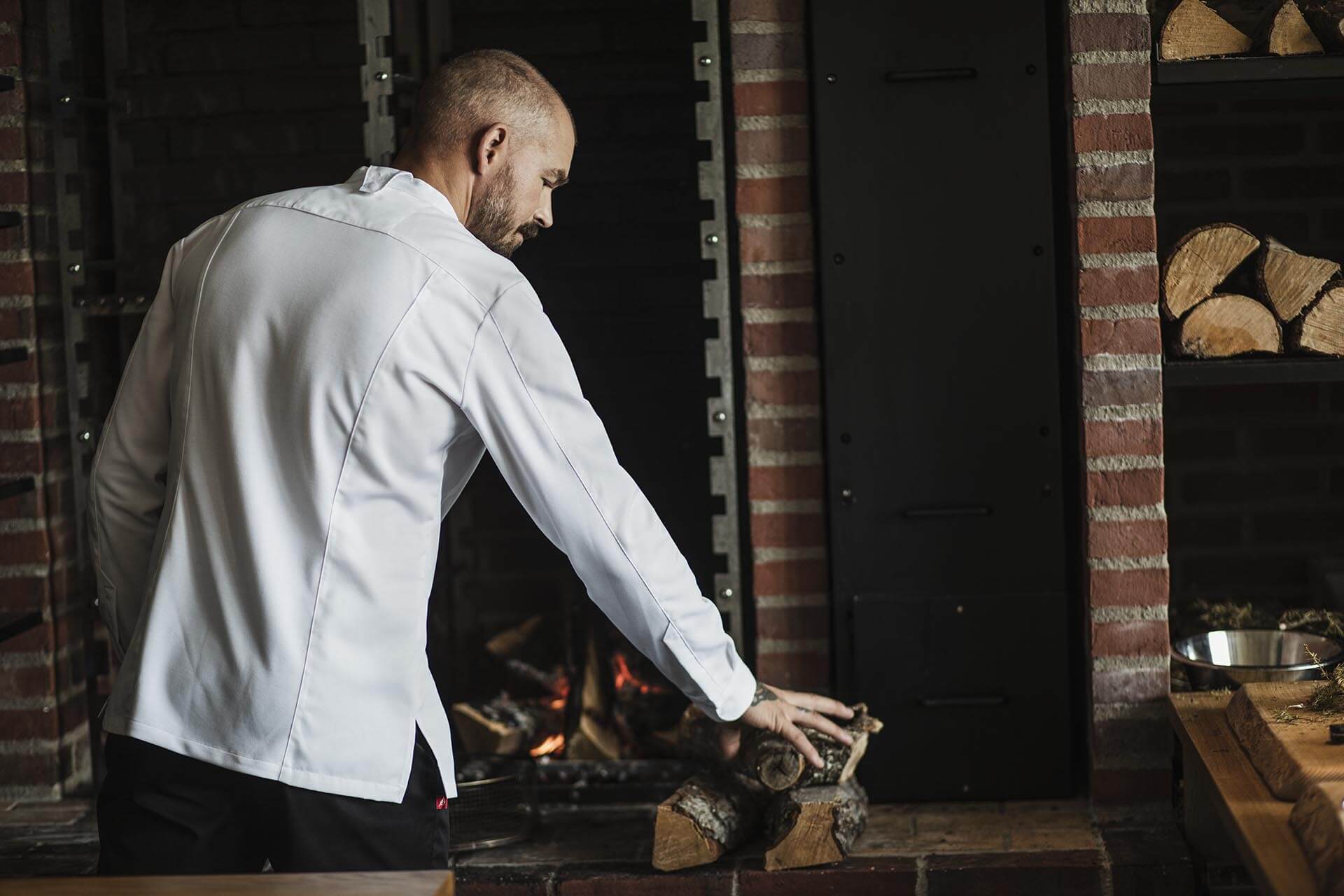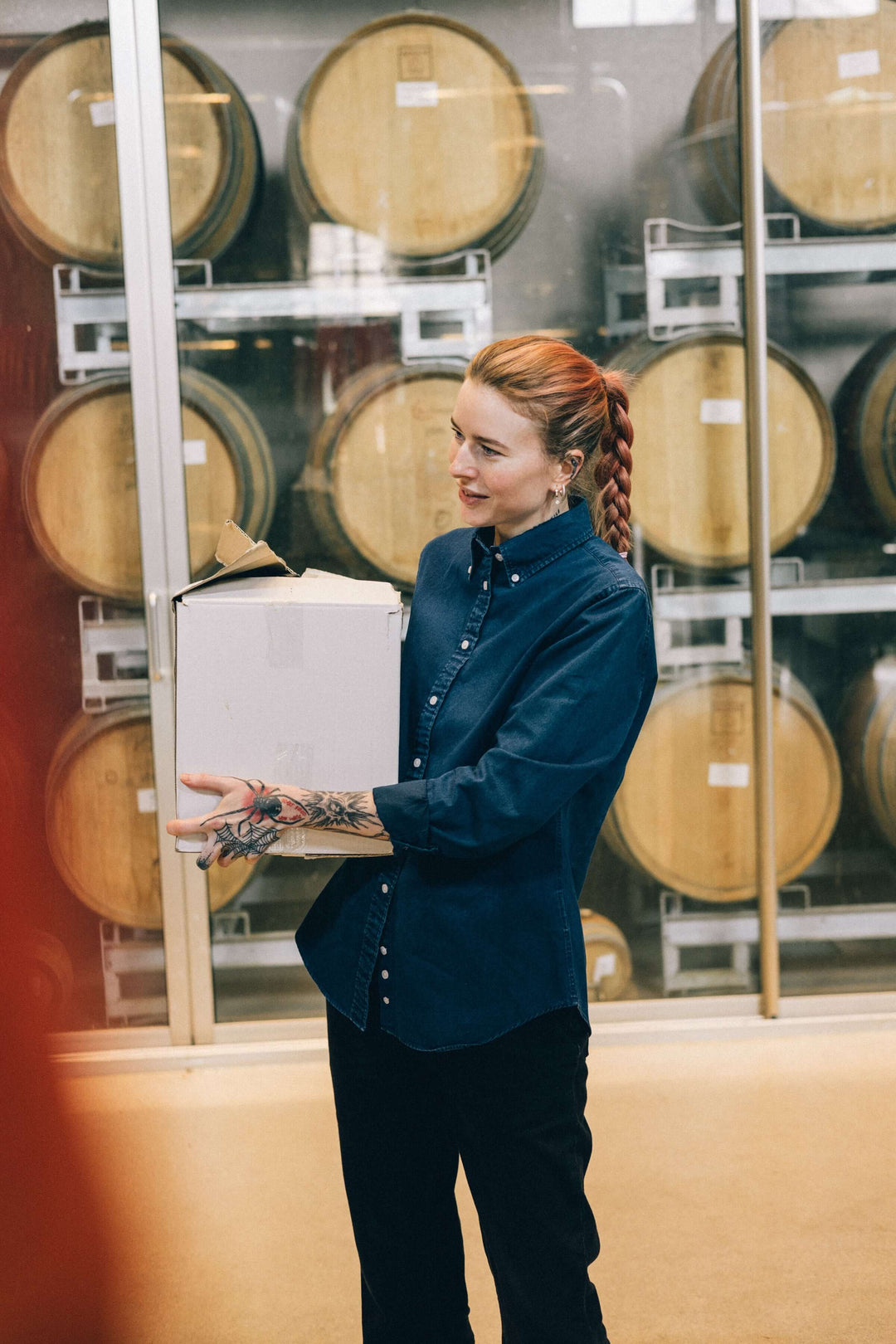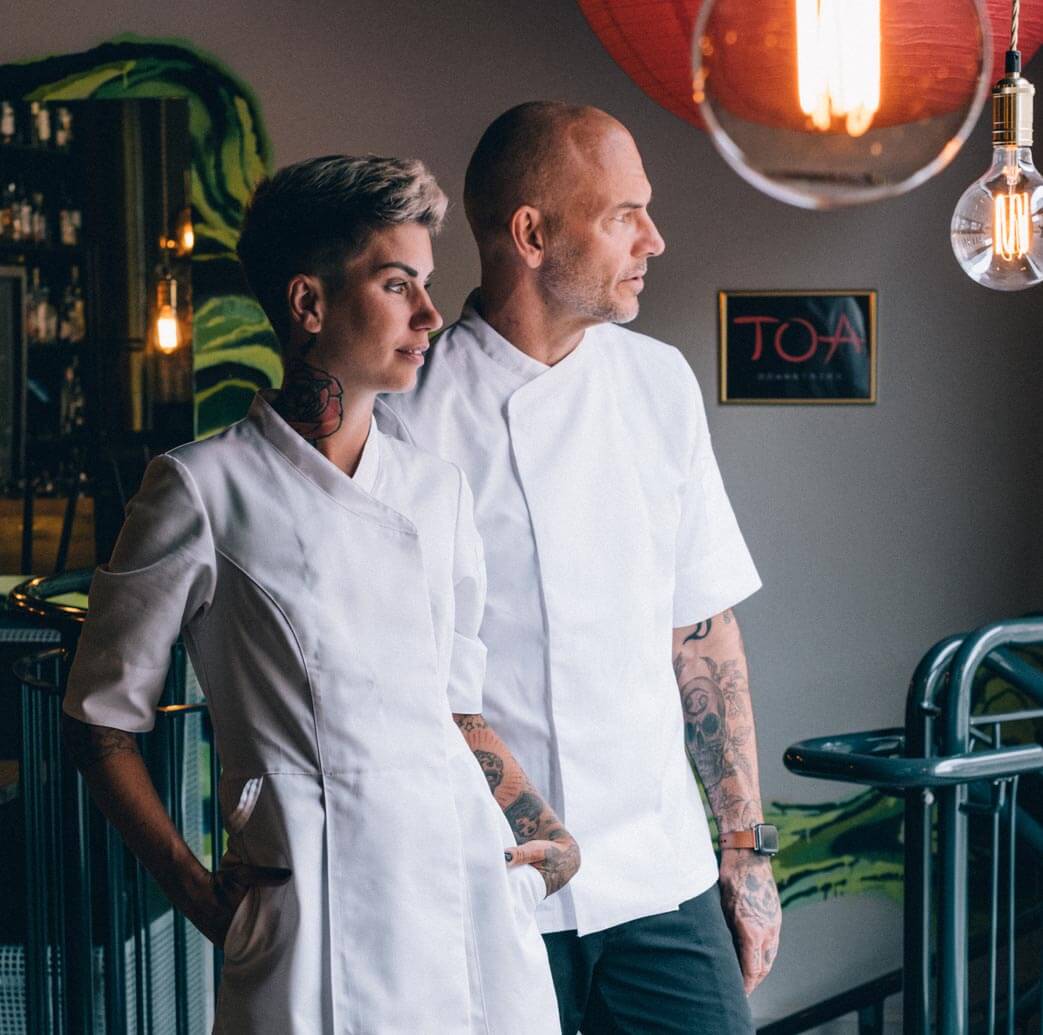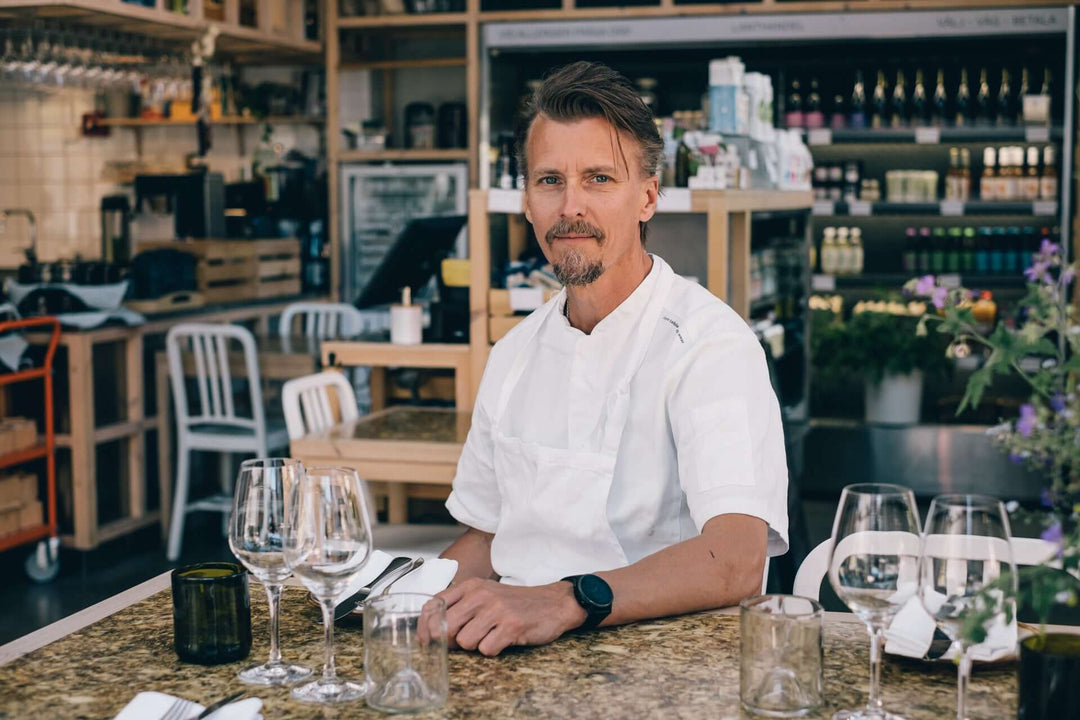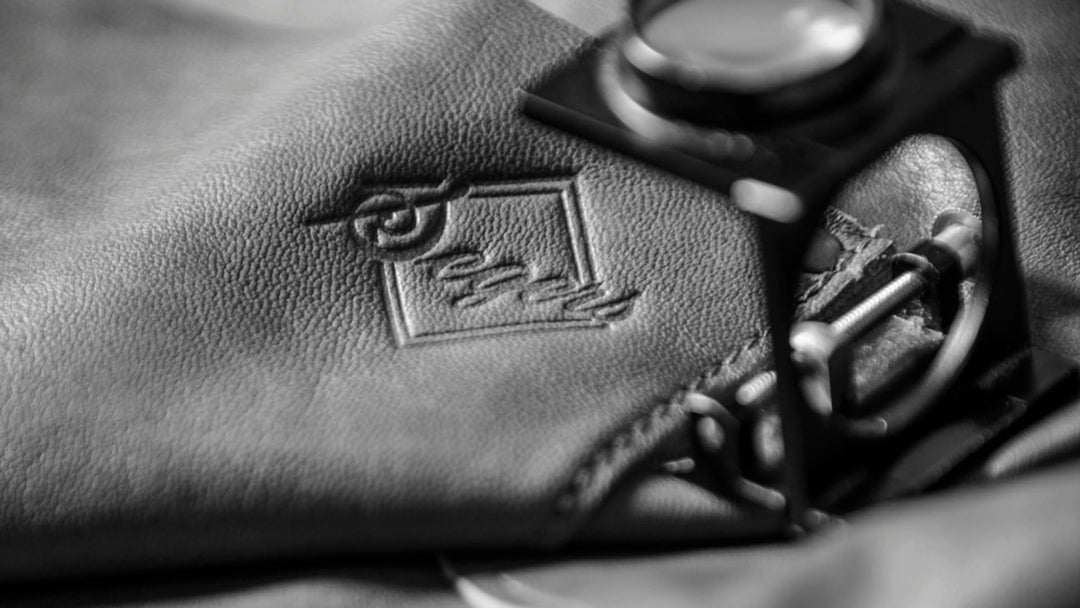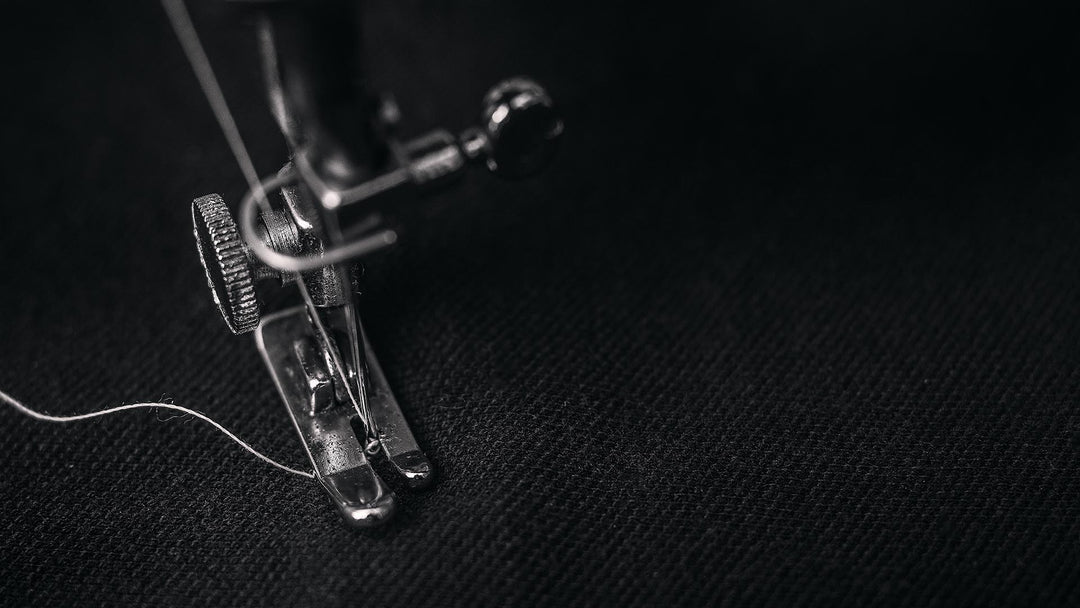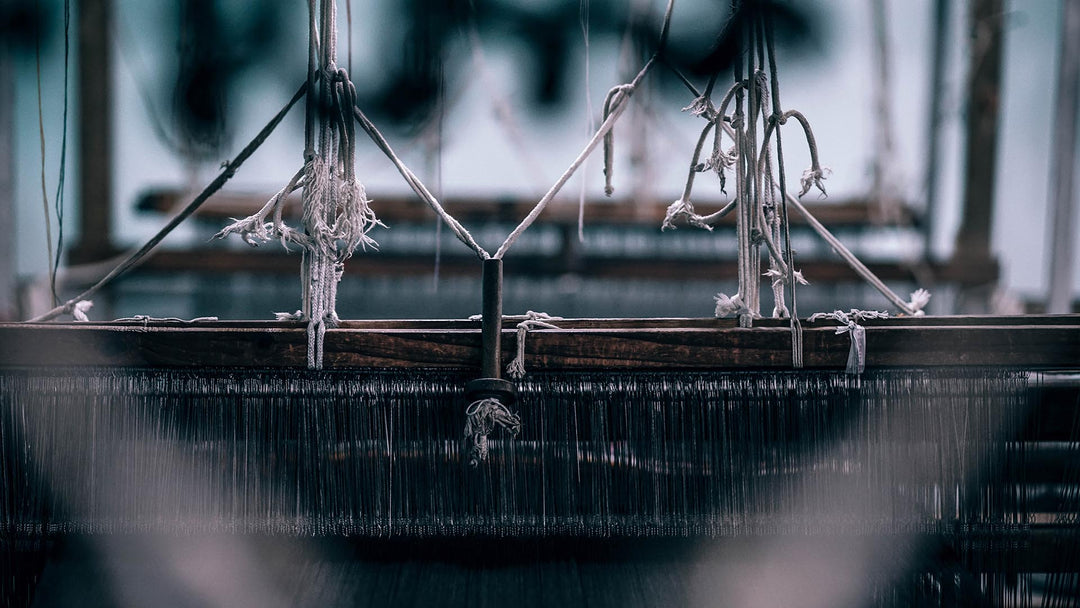This year marks exactly 200 years since Marie-Antoine Carême set the standard for how a chef should be dressed at work. After a sensational career in the kitchens of Emperor Napoleon, the British Prince Regent George IV and the Russian Tsar Nicholas I, among others, he set out his own ideas on how a chef should dress. A style that has endured to the present day.

The chef of kings or the king of chefs – in the case of Marie-Antoine Carême (1784-1833), both claims are equally valid. He was one of the first to produce haute cuisine in fine salons while also becoming one of the very first genuine celebrity chefs, but perhaps it is the chef’s jacket that has become his most-enduring legacy. We spoke about Carême and the history of the chef’s jacket with Øyvind Andersen, an expert in gastronomic history and culinary teacher in everyday life at Hoeggen Ungdomskole in Trondheim.
The white chef’s jacket takes over the world
However, the major commercial breakthrough for Carême’s ideas did not come until the 1870s, when technological developments in the textile industry made it possible to mass-produce clothes. But unfortunately, Carême never had the opportunity to experience how his ideas would spread around the world, as he passed away at only 48 years old. It is claimed that he ended his days too soon due to the lack of ventilation that was often a problem in the kitchens of the time, due to the smoke and soot from coal-fired ranges. But his ideas, drawings and designs were to leave their mark on the culinary world for hundreds of years to come. Not least on Øyvind Andersen.
“Gastronomic history has always interested me and the chef’s uniform has iconic status. I myself am a trained chef and during my studies I was fascinated by why the chef’s uniform looks the way it does and why the head chef’s jacket looked different from my own. He had white buttons, his name embroidered on his jacket, and other details that differed from my jacket. There was always a suggestion that I wasn’t quite on his level yet. In the 1990s, Norwegian chefs also began experimenting with work clothes, such as black restaurant clothes and wearing the hat at an angle. I remember there were discussions in the industry as to whether these kinds of innovations really belonged in the profession. We’d always worn white, hadn’t we?”
A study in white
The 90s passed and Øyvind left the profession to study management and take a Masters in Gastronomy at Le Cordon Bleu in Australia. In the old history books, he discovered both black and white chef’s jackets and felt that something wasn’t right.
“There are many historical myths and reports that only the best chefs were allowed to wear black garments in the kitchen. One example is the very interesting chef and innovator Alexis Soyer, who in 1837 became chef de cuisine at the Reform Club, a private gentlemen’s club in London. The club and the black-clad chef are also mentioned in Jules Verne’s book ‘Around the World in 80 Days’,” says Øyvind.

Segers celebrates with new chef’s jacket
For almost 80 years, Segers has been working to develop stylish and functional workwear, often inspired by the tradition that originated with Carême’s ideas. Now a brand new anniversary jacket is also being launched based on details from the more classic cut.
“The chef’s jacket is a unique work uniform that has an almost iconic place in history. Now as it reaches its 200th anniversary, we’re excited to go back to its roots and see how we can combine tradition with modern function. With our new anniversary jacket, we’ve selected key details from Carême’s ideas and given it a classically elegant look, but with today’s needs and sustainability in focus,” says Peter Frank, Product Manager at Segers.

A modern, sustainable twist on a classic uniform
The new jacket has, among other things, an exclusive, well-tailored fit with stretch jersey details for maximum comfort.
Other details, such as a low classic collar and doublebreasted front, also feature. Carême’s stud buttons from the 1800s, on the other hand, have been replaced with easy-to-handle press studs.
“We’ve also expanded our cooperation with textile suppliers to ensure that the product is made from sustainable materials. In this anniversary jacket, we’ve used traceable, recycled polyester, Lyocell from sustainably produced wood and recycled cotton. We’ve also used Tencel, which has helped us reduce CO2 and waste emissions and limited how much energy and water has been used in production,” says Peter.
“We took the past as our starting point and added all our knowledge and experience about sustainability and how today’s chefs want to work in the kitchen.”


